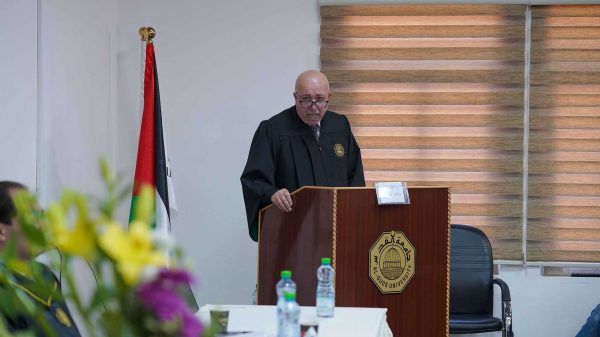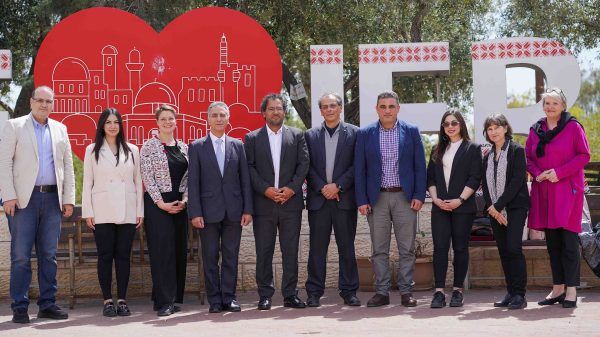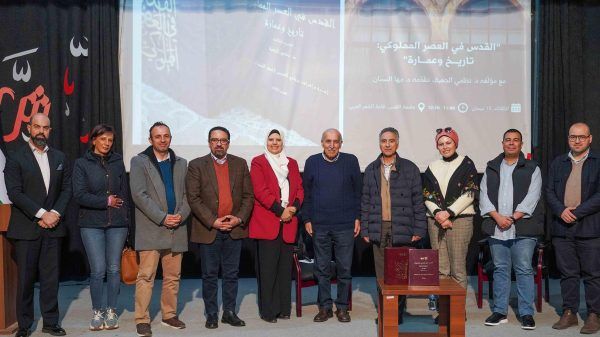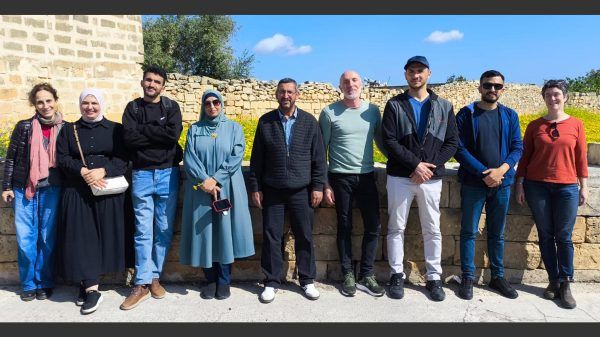
القدس_ نشر د. عبد العزيز القنطار من دائرة هندسة المواد ورقة علمية في المجلة العلمية المتخصصة
(Bioorganic & Medicinal Chemistry ) في عددها 21 الصادر سنة 2013، ويدور موضوع البحث حول فعالية مركبات عضوية جديدة كمضاضات للبكتيريا، وتحديدا في الحد من تكون الطبقات البكتيرية (biofilms) من خلال التشويش على التواصل فيما بينها (quorum sensing).
Abstract
Two focused libraries based on two types of compounds, that is, thiazolidinediones and dioxazaborocanes were designed. Structural resemblances can be found between thiazolidinediones and well-known furanone type quorum sensing (QS) inhibitors such as N-acylaminofuranones, and/or acyl-homoserine lactone signaling molecules, while dioxazaborocanes structurally resemble previously reported
oxazaborolidine derivatives which antagonized autoinducer 2 (AI-2) binding to its receptor. Because of this, we hypothesized that these compounds could affect AI-2 QS in Vibrio harveyi. Although all compounds blocked QS, the thiazolidinediones were the most active AI-2 QS inhibitors, with EC50 values in the low micromolar range. Their mechanism of inhibition was elucidated by measuring the effect on bioluminescence in a series of V. harveyi QS mutants and by DNA-binding assays with purified LuxR protein. The active compounds neither affected bioluminescence as such nor the production of AI-2. Instead, our results indicate that the thiazolidinediones blocked AI-2 QS in V. harveyi by decreasing the DNA-binding
ability of LuxR. In addition, several dioxazaborocanes were found to block AI-2 QS by targeting LuxPQ.








